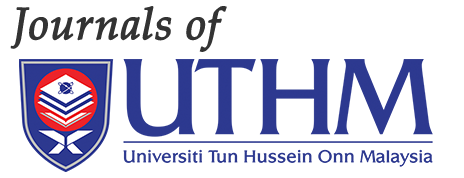Successful Renewable Energy Implementation Model
Abstract
This paper presents a case study on developing a relationship of success factors affecting to the sustainable solar energy success project implementation model. The model adopted partial least square (PLS) approach of structural equation modelling (SEM) and developed in SmartPLS software. The model comprised of six exogenous constructs of success factors and one endogenous construct of sustainable solar energy success. The data used to develop the model was derived from 295 valid responses of a questionnaire survey amongst the UAE employees of energy sectors. The survey adopted simple random sampling technique in respondents’ selection. The developed model was evaluated at the measurement and structural components of the model it was found that the model has achieved its goodness-of-fit, GoF criteria of 0.518 which indicates that the model has substantial validating power. When conducting hypothesis testing using bootstrapping function on the model, it was found that four of the constructs are significant based on t-value and p-value. The four significant constructs are economy, environment, technology and government support in relation with the sustainable solar energy project. Unfortunately, the other two exogenous constructs that are not significant are organisational and management (OAM) and Technology (TEC). These unsignificant relationships are due to the characteristics of the collected data which is not strong enough to establish significant relationship as what have been hypothesized. The findings are contributions to any parties that involved in the development of sustainable solar energy project.
Downloads
Downloads
Published
Issue
Section
License
Copyright (c) 2022 International Journal of Sustainable Construction Engineering and Technology

This work is licensed under a Creative Commons Attribution-NonCommercial-ShareAlike 4.0 International License.
Open access licenses
Open Access is by licensing the content with a Creative Commons (CC) license.

This work is licensed under a Creative Commons Attribution-NonCommercial-ShareAlike 4.0 International License.












